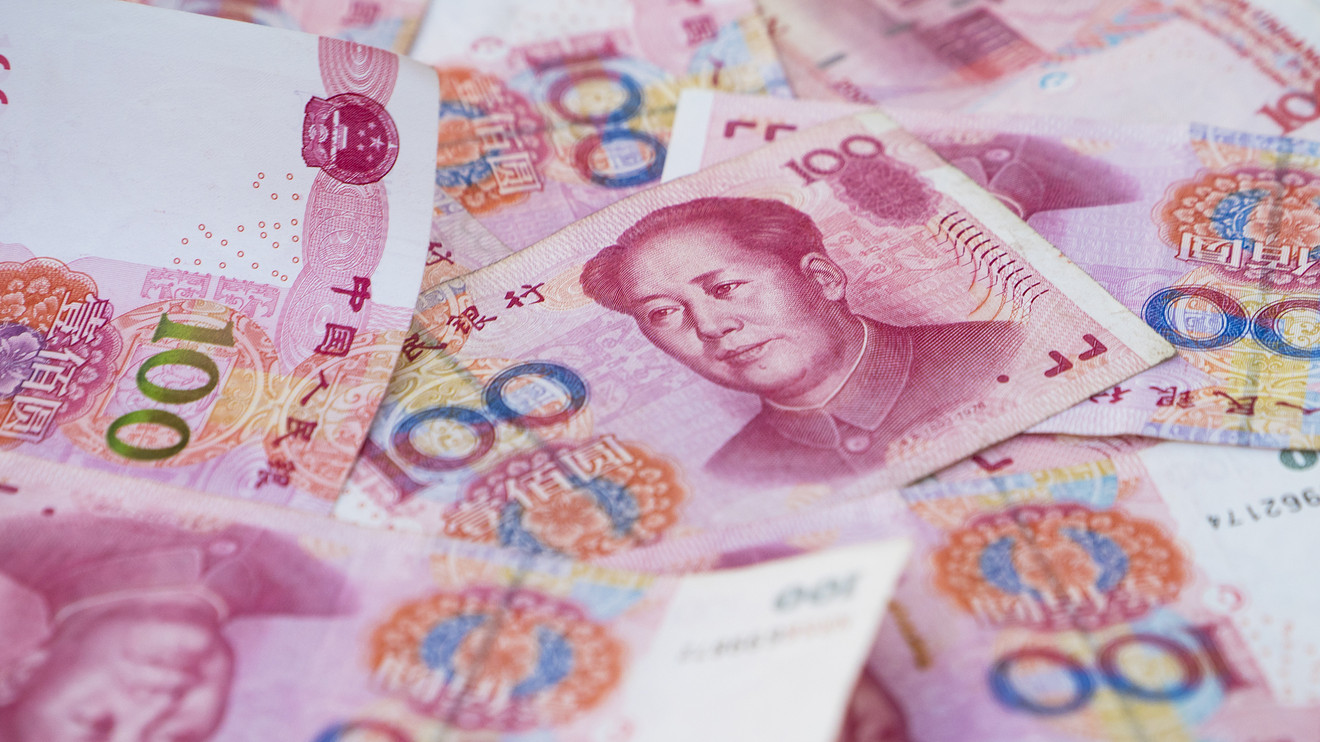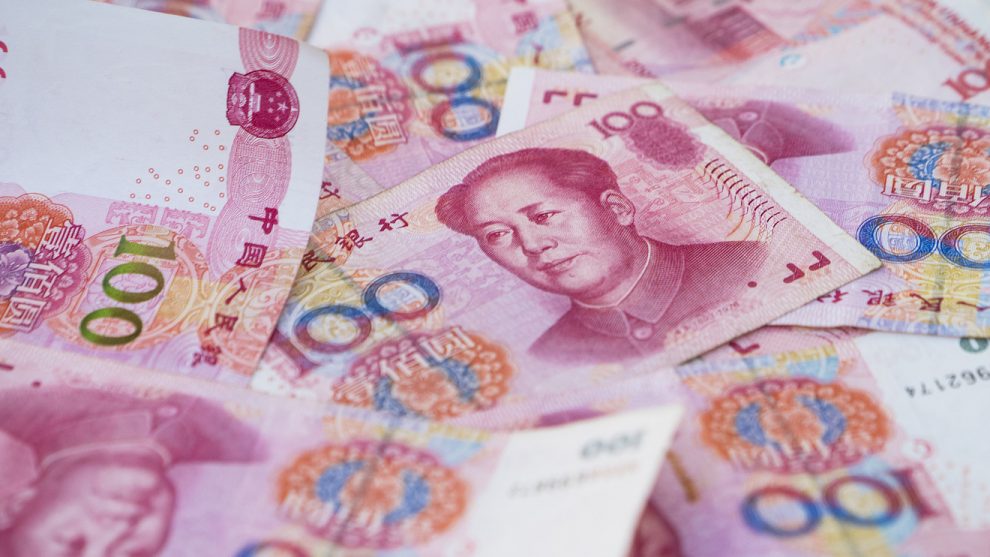
Asian markets rose in early trading Thursday, showing no significant reaction after China’s central bank set the yuan’s midpoint at its weakest level since 2008.
The People’s Bank of China early Thursday set the yuan’s reference point at 7.0039 against one U.S. dollar. Still, it was not as weak as some had expected, heartening investors that China was not trying to start an all-out currency war. A weakening of the yuan below the critical 7 level on Monday sent global markets tumbling amid fears it was the first step in a currency war, and led the U.S. Treasury Department to label China a currency manipulator for the first time since 1994.
Later Thursday, China posted better-then-expected trade data despite the ongoing trade war with the U.S., showing July exports rose 3.3% year-over-year while imports fell 5.6%, with an overall trade surplus of $45.06 billion. Experts had been predicting exports to fall 2% from last year, and imports to sink 7.3%, with a trade surplus of $38.7 billion, according to the Wall Street Journal.
Japan’s Nikkei NIK, +0.44% rose 0.6% and Hong Kong’s Hang Seng Index HSI, +0.67% gained 0.4%. The Shanghai Composite SHCOMP, +0.91% advanced 0.7% while the smaller-cap Shenzhen Composite 399106, +0.94% was up 0.6%. South Korea’s Kospi 180721, +0.80% rose 0.9%. Singapore’s Straits Times Index STI, -0.43% slipped, but benchmark indexes in Taiwan Y9999, +1.00% and Indonesia JAKIDX, +0.79% gained. Australia’s S&P/ASX 200 XJO, +0.49% inched up 0.2%.
Among individual stocks, Fast Retaling 9983, +0.90% and Nikon 7731, +3.67% gained in Tokyo trading, while SoftBank 9984, -2.51% and Inpex 1605, -1.60% fell. In Hong Kong, Tencent 700, +1.95% and Sunny Optical 2382, +2.20% advanced, and Hyundai Motor 005380, +1.57% surged in South Korea. Taiwan Semiconductor 2330, +2.22% and Foxconn 2354, +1.66% rose in Taiwan, while Rio Tinto RIO, +2.10% and Oil Search OSH, +1.09% gained in Australia.
Investors were rattled Wednesday by a wave of interest rate cuts by central banks in India, Thailand and New Zealand. That adds to rate cuts since May in Australia, South Korea and the Philippines in response to fear U.S.-Chinese trade tension will dent global economic growth.
“Trade anxiety remains high, impacting equities,” said Alfonso Esparza of Oanda in a report.
On Wall Street, the benchmark S&P 500 index SPX, +0.08% rose 0.1%, to 2,883.98. It had been down 2% during the heaviest bout of selling. The Dow Jones Industrial Average DJIA, -0.09% dropped 0.1% to 26,007.07. The Nasdaq composite index COMP, +0.38% climbed 0.4% to 7,862.83.
Last week, President Donald Trump rattled markets when he promised to impose 10% tariffs on Sept. 1 on all Chinese imports that haven’t already been hit with tariffs of 25%. China struck back on Monday, allowing its yuan to weaken against the U.S. dollar.
The yuan fell further Tuesday and Wednesday, but investors were encouraged by Chinese central bank promises the decline wouldn’t continue and the exchange rate would be kept stable.
Benchmark U.S. crude CLU19, +3.17% jumped $1.46 to $52.55 per barrel in electronic trading on the New York Mercantile Exchange. The contract plunged $2.54 on Wednesday to close at $51.09. Brent crude BRNV19, +2.97% , used to price international oils, rose $1.53 per barrel in London to $57.76. It dropped $2.71 the previous session to $56.23.
The dollar USDJPY, -0.12% declined to 106.16 yen from Wednesday’s 106.26 yen.






